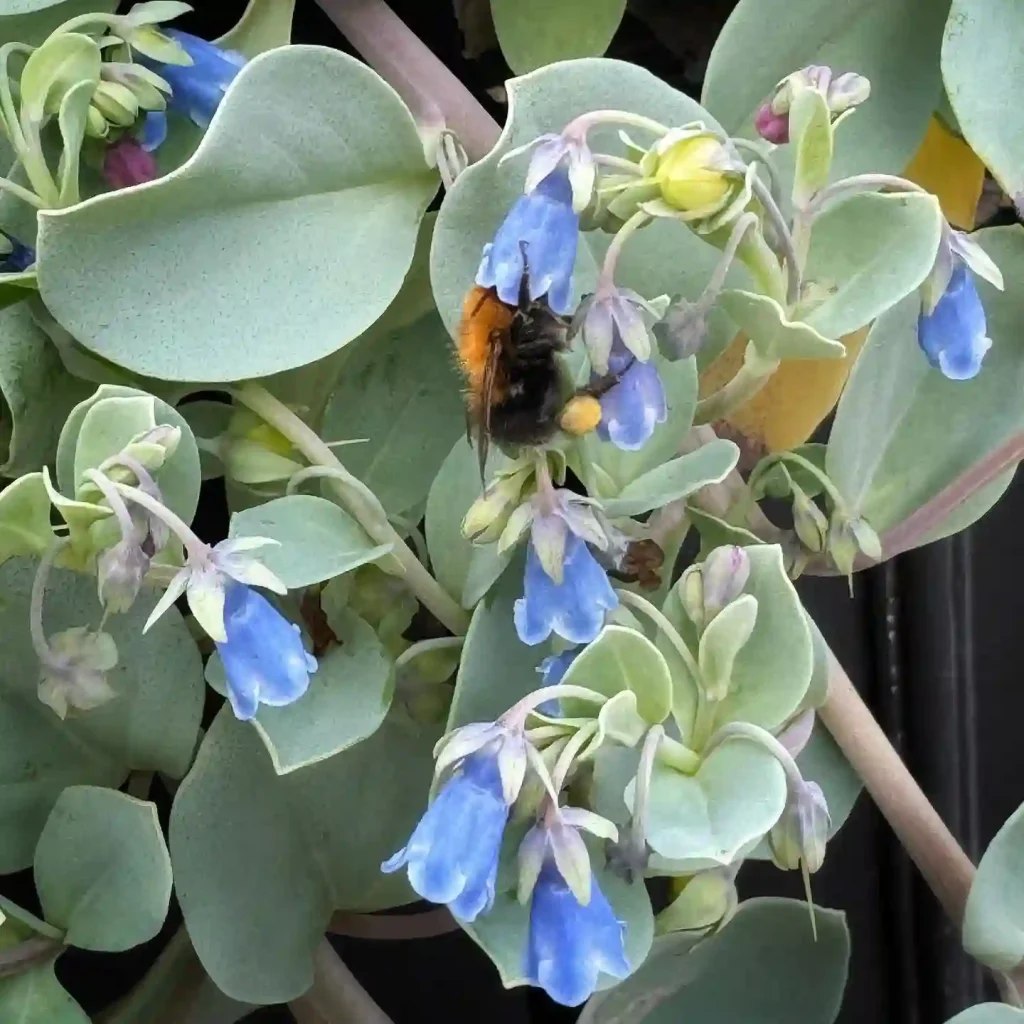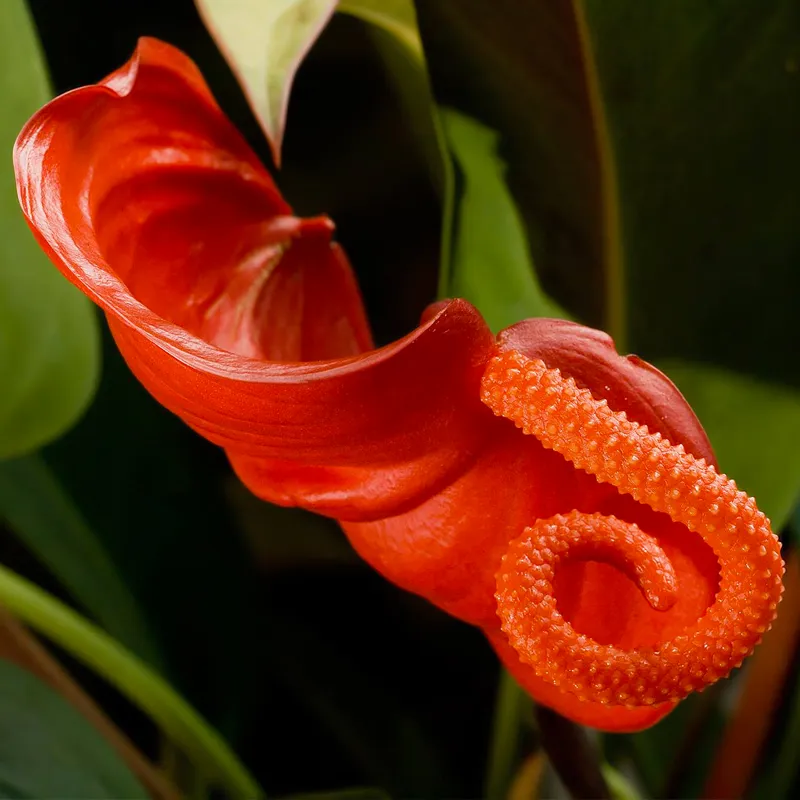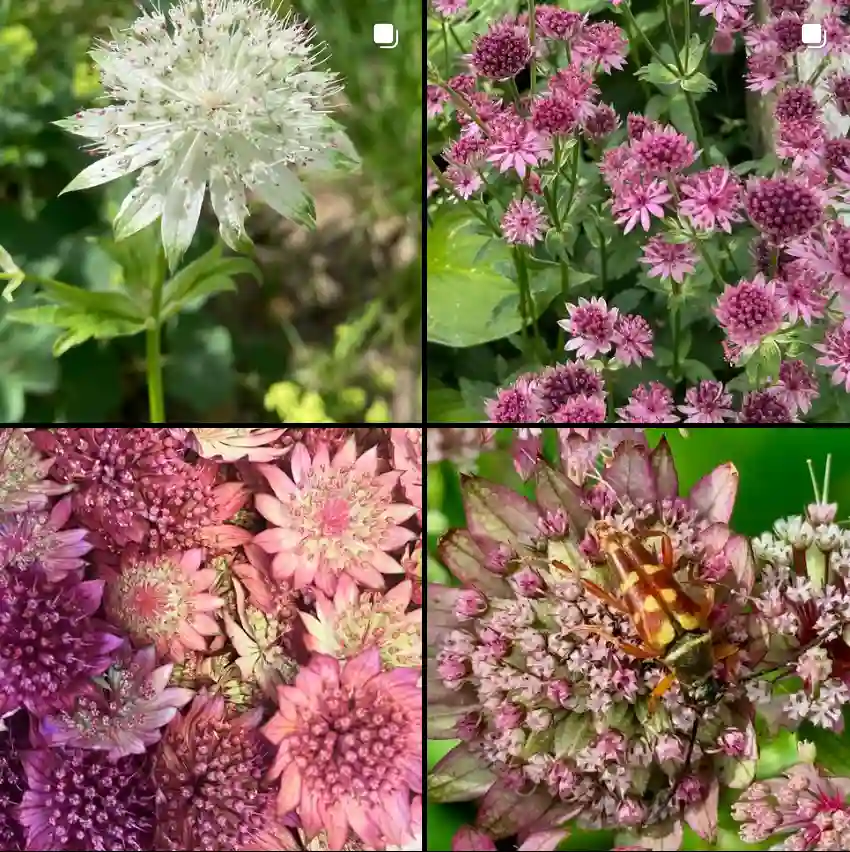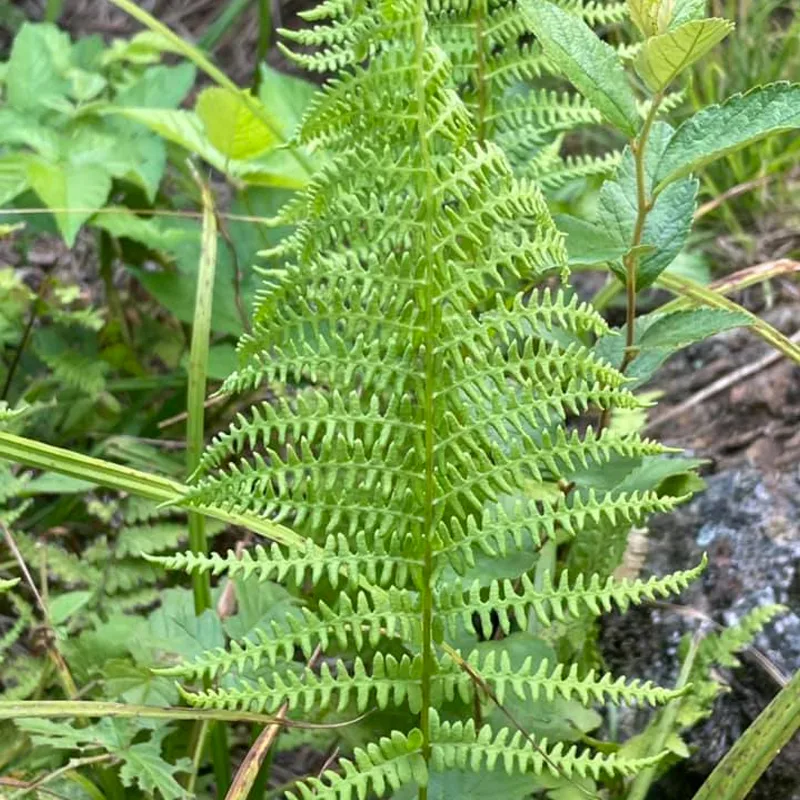What Is Midiron Grass?
Midiron Grass is a type of hybrid Bermuda grass that’s become increasingly popular in landscaping, especially in warmer climates. One of the standout features of Midiron Grass is its exceptional durability. It’s known for its deep green color, medium-coarse texture, and resilience to both drought and foot traffic. This makes it an ideal choice for lawns, golf courses, and parks. I’ve personally found that it handles the intense summer heat exceptionally well, staying green and vibrant even when other grasses start to struggle.
How to Care for Midiron Grass?
Caring for Midiron Grass isn’t complicated, but it does require consistency. Here’s what I’ve learned through my own experience:
- Watering: Midiron Grass thrives with regular watering, especially during the hot summer months. I typically water my lawn early in the morning to minimize evaporation and ensure the grass absorbs as much moisture as possible. About 1-1.5 inches of water per week is ideal, but you may need to adjust based on your local climate and rainfall.
- Mowing: Keeping your Midiron Grass at the right height is crucial. I’ve found that mowing it to about 1.5 to 2 inches encourages strong growth and helps maintain its lush appearance. Mowing too short can stress the grass, especially during the hot season.
- Fertilization: Midiron Grass benefits from a regular fertilization schedule. I fertilize every 6-8 weeks during the growing season with a balanced lawn fertilizer. This keeps the grass nourished and promotes healthy, dense growth.
- Aeration: Compacted soil can hinder the growth of Midiron Grass. I usually aerate my lawn once a year, preferably in the spring, to ensure the roots have enough room to grow and access water and nutrients.
Midiron Grass vs Bermuda
A common question I get is, “How does Midiron Grass compare to regular Bermuda grass?” Both are popular choices, but there are some key differences:
- Texture: Midiron Grass has a coarser texture compared to the finer blades of regular Bermuda. I personally prefer Midiron for its thicker, more robust appearance.
- Cold Tolerance: Midiron Grass is more cold-tolerant than standard Bermuda grass. This makes it a better option for regions that experience cooler temperatures in the winter.
- Shade Tolerance: While Bermuda grass typically struggles in shaded areas, Midiron Grass has a slightly better tolerance to shade. However, it still prefers full sun for optimal growth.
- Maintenance: Midiron Grass generally requires less frequent mowing and fertilization than Bermuda. I find this particularly beneficial, as it reduces the overall time and effort needed to maintain a beautiful lawn.
How to Propagate Midiron Grass?
Propagation of Midiron Grass is typically done through sod or plugs, as Midiron Grass seed is not commonly available. Here’s what I’ve done to successfully propagate this grass:
- Sodding: Laying down Midiron sod is the quickest way to establish a lawn. I prefer sodding in late spring or early summer when the grass is actively growing. After laying the sod, regular watering is crucial until the grass takes root.
- Plugging: If you’re looking to save on costs, plugging is a good alternative. This involves planting small sections of grass (plugs) spaced evenly across the lawn. While it takes longer to fill in, it’s an effective way to propagate Midiron Grass.
What to Plant with Midiron Grass?
Midiron Grass pairs well with various plants and shrubs that thrive in similar conditions. I’ve had success planting it alongside:
- Low-maintenance shrubs: Such as Junipers or Boxwoods, which provide a nice contrast to the grass’s green hue.
- Perennials: Like Lantana or Salvia, which add color and texture without overwhelming the lawn.
- Ornamental Grasses: Pampas Grass or Fountain Grass can create a layered, textured landscape that complements the coarse texture of Midiron.
Common Issues with Midiron Grass
While Midiron Grass is generally hardy, it’s not immune to problems. Some issues I’ve encountered include:
- Thatch Build-Up: Over time, Midiron Grass can develop a layer of thatch (dead grass and roots). I’ve found that regular aeration and dethatching in the spring can help prevent this issue.
- Brown Patches: If you notice brown patches, it could be due to a lack of water, pests, or disease. In my experience, increasing watering frequency and applying a fungicide usually resolves the issue.
Final Thoughts
Midiron Grass is a fantastic choice if you’re looking for a durable, attractive lawn that can handle the heat and occasional cold snaps. While it does require regular care, the results are well worth the effort. With the right approach to watering, mowing, and fertilization, you can enjoy a lush, green lawn that stands out in any neighborhood.
If i die, water my plants!



